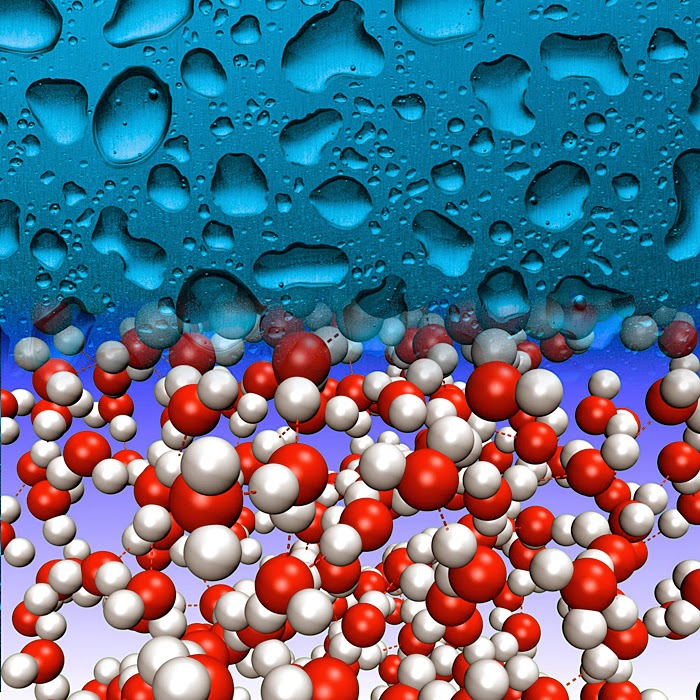The biggest challenge in education today?
This post was stimulated by attending a talk about (yet another) review of the curriculum in Australian schools. The talk and following discussion was conducted according to the Chatham House rule , which I had never encountered before. Previously I wrote about the iron triangle in education: access, cost, and quality. What is the role and significance of curriculum in education? I think it is helpful to make some clear distinctions in roles, responsibilities, and desired outcomes. 1. Students learning. This is what it is all about! It is important to distinguish this from students passing exams, attending lectures, or completing tasks. 2. Effective teachers. They need to be passionate and competent, both about their subject and their students. 3. Curriculum and resources. This also includes textbooks, course handbooks, online resources, buildings, libraries, equipment, laboratories, computers.... 4. Policies and administrative procedures. This includes hiring and fir








